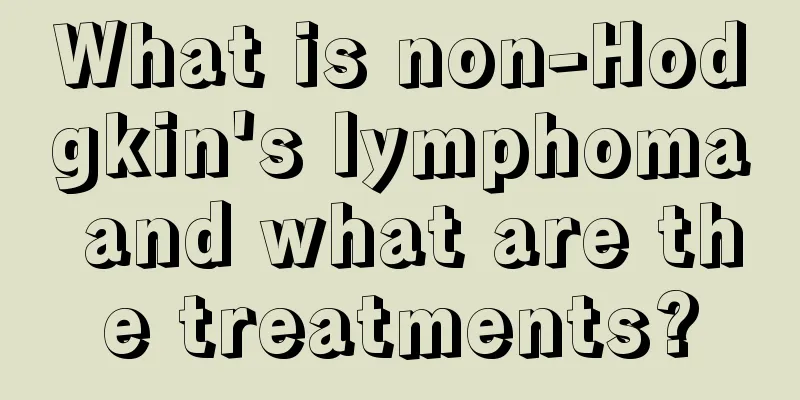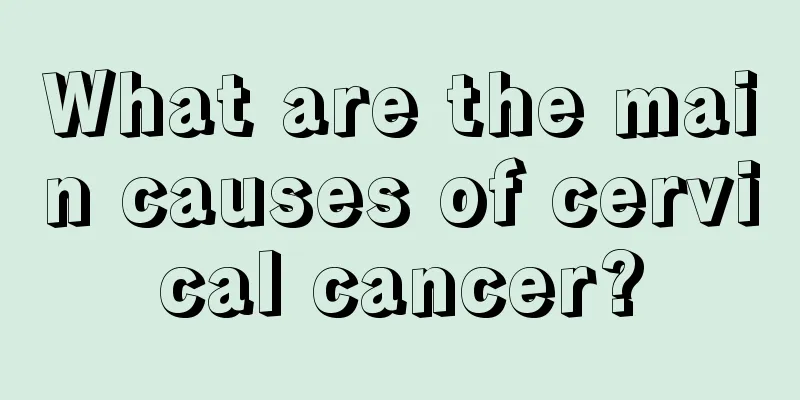What is non-Hodgkin's lymphoma and what are the treatments?

|
What is non-Hodgkin lymphoma? What are the treatments? All malignant lymphomas except Hodgkin's lymphoma are non-Hodgkin's lymphoma. Non-Hodgkin's lymphoma is not a simple disease as a whole. From the perspective of morphological and immunological characteristics, non-Hodgkin's lymphoma is the result of monoclonal expansion. The dominant malignant cells in its composition can be derived from lymphocytes. The different stages of the entire differentiation process maintain extremely similar morphology, functional characteristics and migration forms of normal cells corresponding to their differentiation sites. This determines the wide differences in biology, histology, immunology, clinical manifestations and natural outcomes of different types of non-Hodgkin's lymphoma. Treatment options include: 1. Chemotherapy and radiotherapy should be performed after diagnosis. This is suitable for patients with large lesions, because large lesions are prone to recurrence after chemotherapy. Radiotherapy alone is not suitable for patients in stage II, while patients in stage I have a 40% recurrence rate. Therefore, it is not clear whether radiotherapy should be added to the combined chemotherapy regimen for patients in stages I and II. For patients in stages III and IV, intensive combined chemotherapy is mainly used. 2. Surgical treatment: The role of surgical treatment is more helpful in resecting lesions for a clear diagnosis. Surgical treatment is rarely used in the treatment of NHL. 3. Hematopoietic stem cell transplantation. For patients who have failed conventional treatment or relapsed after remission, autologous hematopoietic stem cell transplantation should be considered. At present, it is advocated that autologous hematopoietic stem cell transplantation can be used as a first-line consolidation in some aggressive macromolecular tumors in order to obtain better disease-free survival and overall survival time. In a small number of patients, allogeneic hematopoietic stem cell transplantation can even be considered. |
<<: What are the symptoms of early tongue cancer
>>: What is non-keratinizing nasopharyngeal carcinoma
Recommend
There is a lump on the inner thigh that hurts when pressed. What's going on?
The health of the thigh is very important, becaus...
What is the black thing inside plantar warts
Many people often find that there is a black spot...
My left ankle hurts for no reason
Unexplained pain in the left ankle may not be a t...
What to do if there are bugs in the room
Insects are quite common in daily life, and vario...
How to Coexist Peacefully with Gastric Cancer
Gastric cancer patients should arrange a certain ...
Freezing fat to lose weight
Many people have not heard of freezing fat for we...
Several special types of breast cancer
There are several specific types of breast cancer...
The skin got black spots after being splashed with oil
It is inevitable that people will be splashed wit...
What causes vascular inflammation
We know that the health of blood vessels is direc...
Cost of chemotherapy for esophageal cancer
Esophageal cancer refers to a malignant tumor tha...
How to make eyelashes grow longer?
If the eyelashes are longer, the eyes will look p...
How about melanin growth liquid
Everyone must be familiar with the word melanin, ...
When does gallbladder cancer appear and is it contagious?
When is gallbladder cancer contagious? Experts sa...
What is the reason for the pain below the right clavicle
In our lives, if we occasionally experience pain ...
What causes dizziness and tinnitus?
What are the problems with dizziness and tinnitus...









